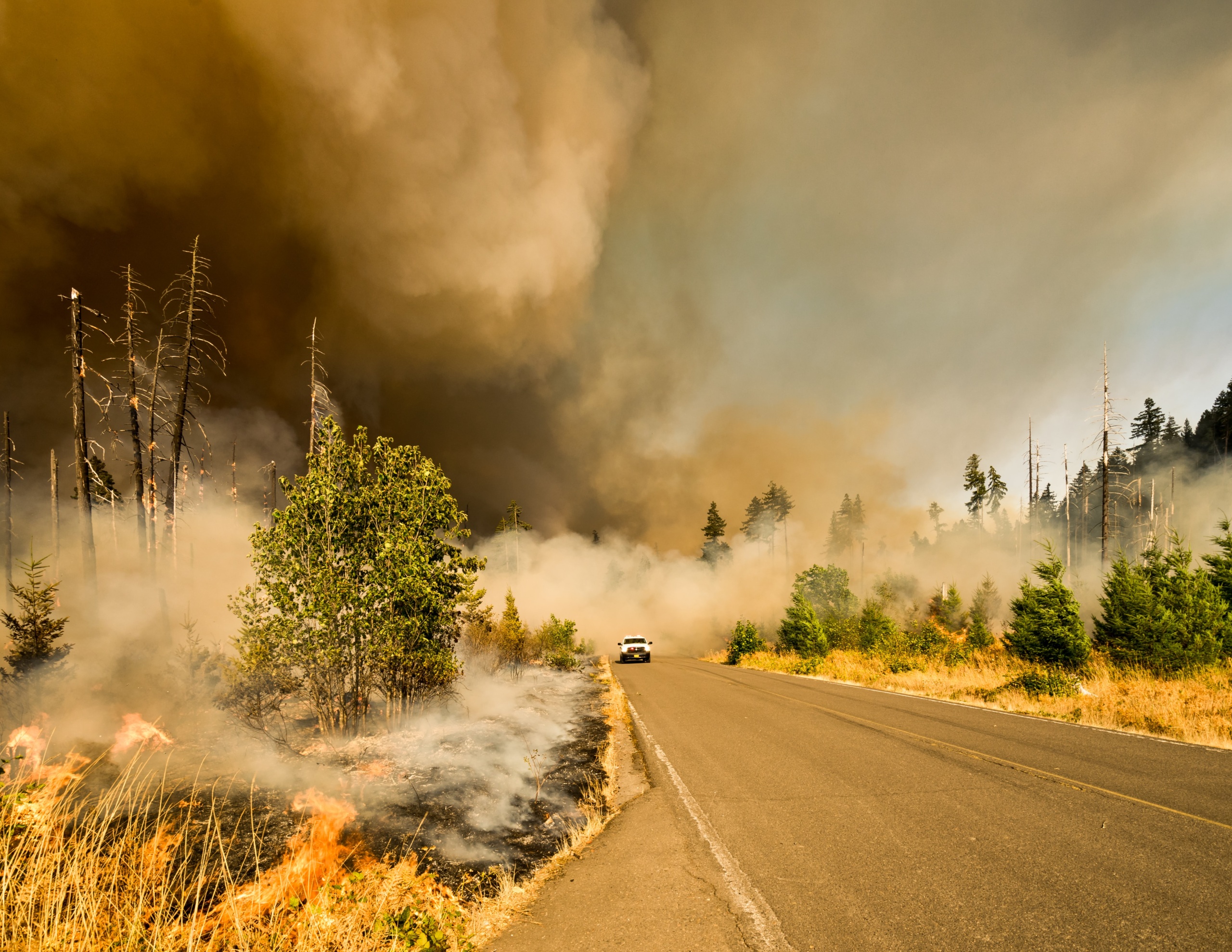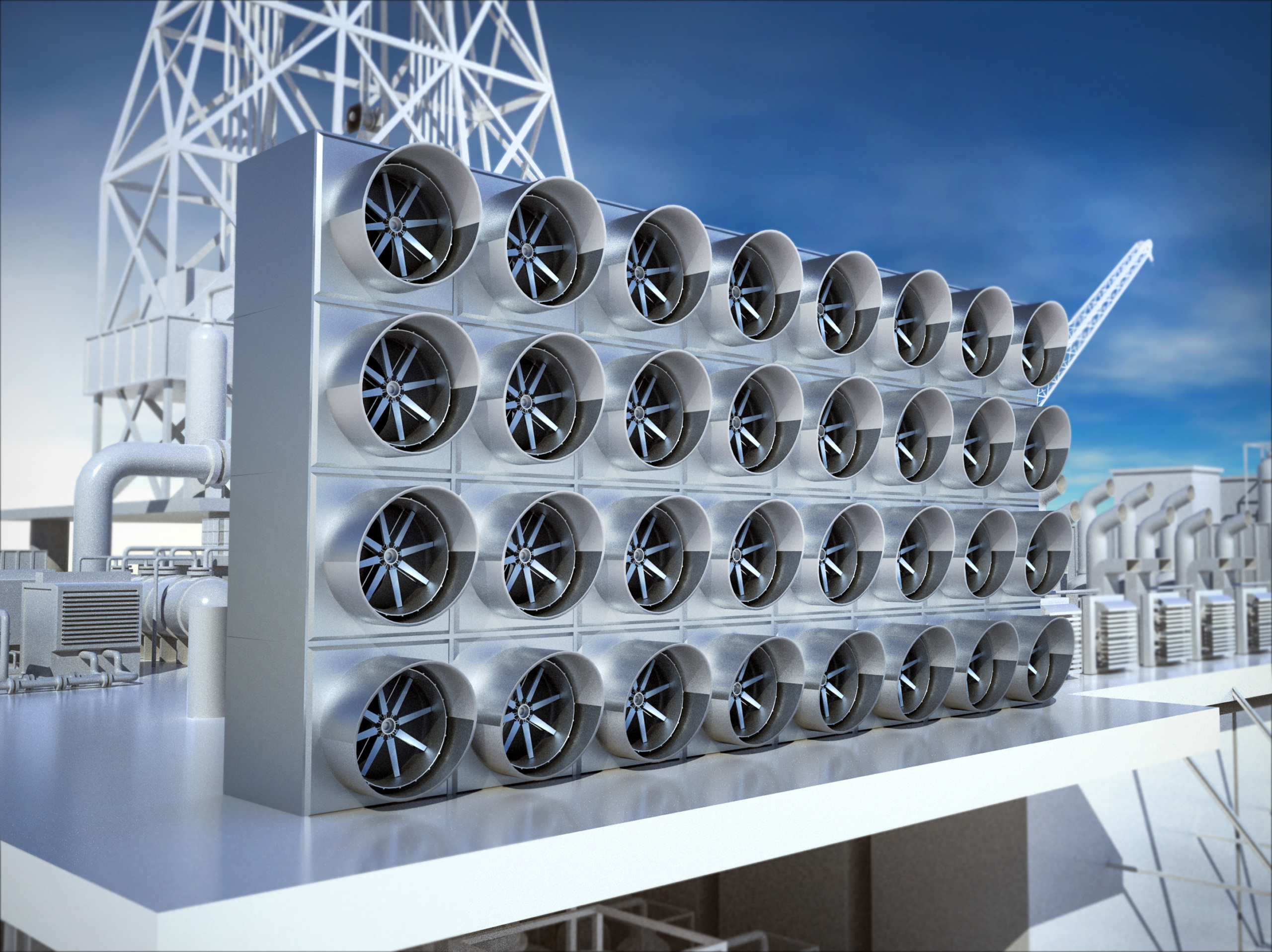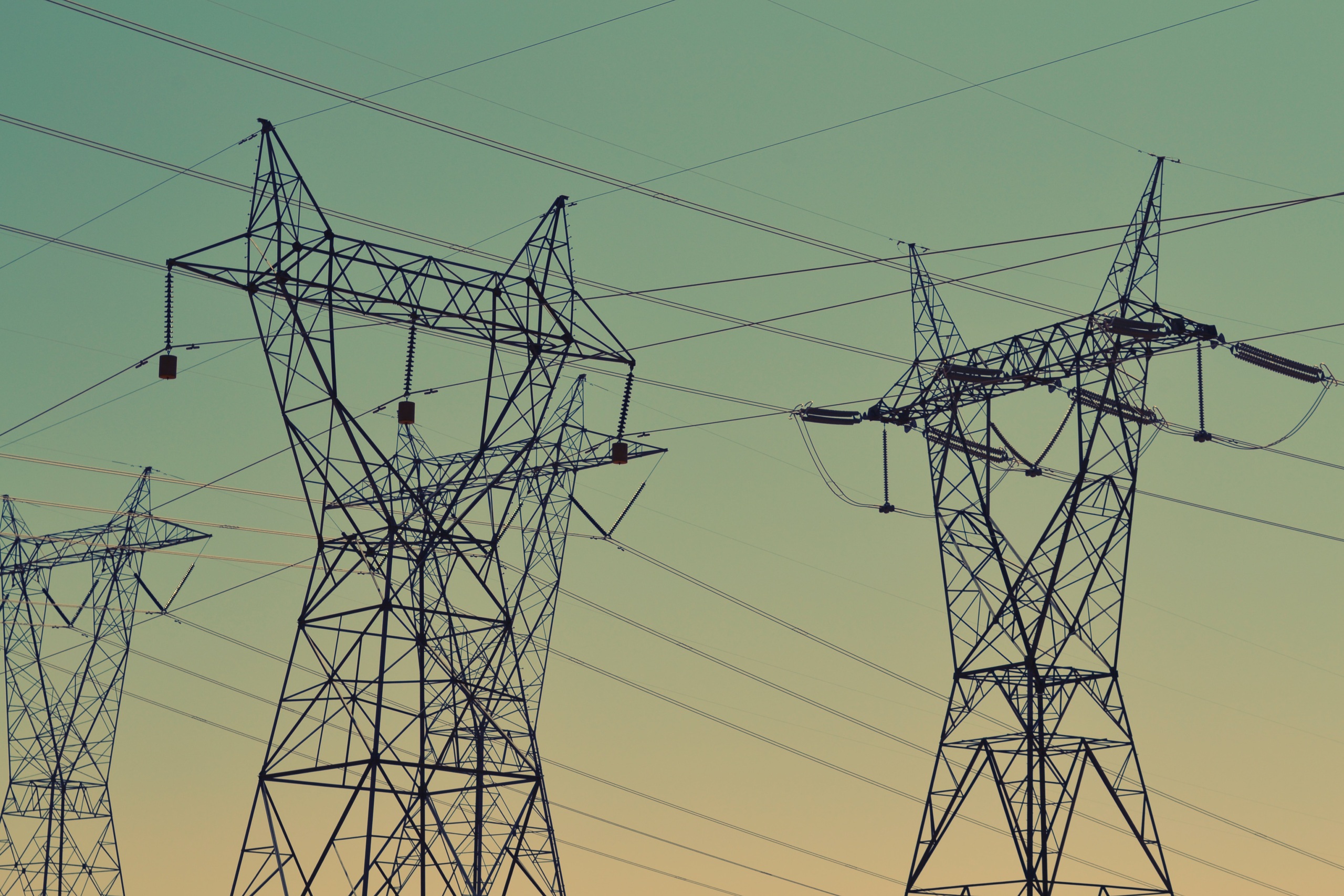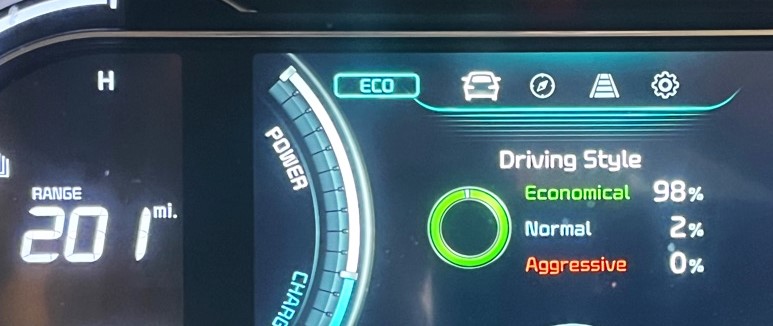
Global Warming and Extreme Weather: The Science, the Forecast, and the Impacts on America
Patterns of extreme weather are changing in the United States, and climate science predicts that further changes are in store. Extreme weather events lead to billions of dollars in economic damage and loss of life each year. Scientists project that global warming could affect the frequency, timing, location and severity of many types of extreme weather events in the decades to come.
Downloads
Environment Michigan Research and Policy Center
Patterns of extreme weather are changing in the United States, and climate science predicts that further changes are in store. Extreme weather events lead to billions of dollars in economic damage and loss of life each year. Scientists project that global warming could affect the frequency, timing, location and severity of many types of extreme weather events in the decades to come.
Over the last five years, science has continued to make progress in exploring the connections between global warming and extreme weather. Meanwhile, the United States has experienced a string of extreme events – including massive floods in the Midwest, Tennessee and Northeast, intense hurricanes in Florida and along the Gulf Coast, drought and wildfire in the Southeast and Southwest, and others – that serve as a reminder of the damage that extreme weather can cause to people, the economy and the environment.
This report reviews recent trends in several types of extreme weather, the impacts caused by notable events that have occurred since 2005, and the most recent scientific projections of future changes in extreme weather.
To protect the nation from the damage to property and ecosystems that results from changes in extreme weather patterns – as well as other consequences of global warming – the United States must move quickly to reduce emissions of global warming pollutants.The worldwide scientific consensus that the earth is warming and that human activities are largely responsible has solidified in recent years.
A recent report published by the U.S. National Academy of Sciences stated that “the conclusion that the Earth system is warming and that much of this warming is very likely due to human activities” is “so thoroughly examined and tested, and supported by so many independent observations and results,” that its “likelihood of subsequently being found to be wrong is vanishingly small.”
The national academies of sciences of 13 leading nations issued a joint statement in 2009 stating that “climate change is happening even faster than previously estimated.”
A 2009 study of the work of more than 1,300 climate researchers actively publishing in the field found that 97 to 98 percent of those researchers agree with the central theories behind global warming.
The consequences of global warming are already beginning to be experienced in the United States, and are likely to grow in the years to come, particularly if emissions of global warming pollutants continue unabated.
Average temperature in the United States has increased by more than 2° Fahrenheit over the last 50 years. Temperatures are projected to rise by as much as an additional 7° F to 11° F on average by the end of the century, should emissions of global warming pollutants continue to increase.
The United States has experienced an increase in heavy precipitation events, with the amount of precipitation falling in the top 1 percent of rainfall events increasing by 20 percent over the course of the 20th century. The trend toward extreme precipitation is projected to continue, even as higher temperatures and drier summers increase the risk of drought in much of the country.
Snow cover has decreased over the past three decades in the Northern Hemisphere, and the volume of spring snowpack in the Mountain West and Pacific Northwest has declined significantly since the mid-20th century.
Sea level has risen by nearly 8 inches globally since 1870. Global sea level is currently projected to rise by as much as 2.5 to 6.25 feet by the end of the century if global warming pollution continues unabated. Parts of the northeastern United States could experience an additional 8 inches of sea-level rise due to changes in ocean circulation patterns.
Several types of extreme weather events have occurred more frequently or with greater intensity in recent years. Global warming may drive changes in the frequency, timing, location or severity of such events in the future.
Hurricanes
The strongest tropical cyclones have been getting stronger around the globe over the last several decades, with a documented increase in the number of severe Category 4 and 5 hurricanes in the Atlantic Ocean since 1980. Scientists project that global warming may bring fewer – but more intense – hurricanes worldwide, and that those hurricanes will bring increased precipitation. The number of intense Category 4 and 5 hurricanes in the Atlantic may nearly double over the course of the next century.
Estimated total damages from the seven most costly hurricanes to strike the United States since the beginning of 2005 exceed $200 billion.
That includes damages from Hurricane Katrina, which was not only the most costly weather-related disaster of all time in the United States, but which also caused major changes to important ecosystems, including a massive loss of land on barrier islands along the Gulf Coast.
Sea Level Rise and Coastal Storms
Sea level at many locations along the East Coast has been rising at a rate of nearly 1 foot per century due to the expansion of sea water as it has warmed and due to the melting of glaciers. Relative sea level has risen faster along the Gulf Coast, where land has been subsiding, and less along the northern Pacific Coast.
In addition to sea-level rise, wave heights have been rising along the northern Pacific coast in recent years, possibly indicating an increase in the intensity of Pacific winter storms. In the 1990s, scientists estimated that the height of a “100-year wave” (one expected to occur every 100 years) off the coast of the Pacific Northwest was approximately 33 feet; now it is estimated to be 46 feet.
Projected future sea-level rise of 2.5 to 6.25 feet by the end of the century would put more of the nation’s coastline at risk of erosion or inundation by even today’s typical coastal storms.
In the mid-Atlantic region alone, between 900,000 and 3.4 million people live in areas that would be threatened by a 3.3 foot (1 meter) rise in sea level.
Along the Gulf Coast from Galveston, Texas, to Mobile, Alabama, more than half the highways, nearly all the rail miles, 29 airports and almost all existing port infrastructure are at risk of flooding in the future due to higher seas and storm surges.
Had New York City experienced a 20-inch (0.5 meter) rise in sea level over the 1997 to 2007 period (at the low end of current projections for sea level rise by the end of the century), the number of moderate coastal flooding events would have increased from zero to 136 – the equivalent of a coastal flood warning every other week.
Rainfall, Floods and Extreme Snowstorms
The number of heavy precipitation events in the United States increased by 24 percent between 1948 and 2006, with the greatest increases in New England and the Midwest. In much of the eastern part of the country, a storm so intense that once it would have been expected to occur every 50 years can now be expected to occur every 40 years.
The largest increases in heavy rainfall events in the United States are projected to occur in the Northeast and Midwest. The timing of overall precipitation is also projected to change, with increases in precipitation during the winter and spring in much of the north, but drier summers across most of the country.
Global warming is projected to bring more frequent intense precipitation events, since warmer air is capable of holding more water vapor. Changing precipitation patterns could lead to increased risk of floods. What is now a 100-year flood in the Columbia River basin could occur once every three years under an extreme global warming scenario, due to the combination of wetter winters and accelerated snowmelt. This change is projected to occur even as the region experiences an increase in summer drought due to reduced summer precipitation and declining availability of snowmelt in the summer.
Flooding is the most common weather-related disaster in the United States. Recent years have seen a string of incredibly destructive floods, including the 2008 Midwest flood that inundated Cedar Rapids, Iowa, and caused an estimated $8 to $10 billion in damage, and the massive 2010 floods in New England and Tennessee.
Projections of more frequent heavy precipitation apply to both rain and snow storms (although warming will bring a shift in precipitation from snow to rain over time). The 2010 record snowfalls in the mid-Atlantic region (dubbed “Snowmageddon”) are fully consistent with projections of increased extreme precipitation in a warming world – and with the string of massive flooding events elsewhere in the country during 2010.
Heat Waves, Drought and Wildfires
Over the past century, drought has become more common in parts of the northern Rockies, the Southwest and the Southeast. Periods of extreme heat have also become more common since 1960.
Large wildfires have become more frequent in the American West since the mid-1980s, with the greatest increases in large wildfires coming in the northern Rockies and northern California.
Heat waves are projected to be more frequent, more intense, and last longer in a warming world. Much of the United States – especially the Southwest – is projected to experience more frequent or severe drought.
Scientists project that a warmer climate could lead to a 54 percent increase in the average area burned by western wildfires annually, with the greatest increases in the Pacific Northwest and Rocky Mountains.
Heat waves are among the most lethal of extreme weather events. A 2006 heat wave that affected the entire contiguous United States was blamed for at least 147 deaths in California and another 140 deaths in New York City. Wildfire is capable of causing great damage to property, while the cost of fighting wildfires is a significant drain on public resources. In 2008, California spent $200 million in a single month fighting a series of wildfires in the northern part of the state.
Avoiding the potential increased risks from extreme weather events—and their costs to the economy and society—is one of many reasons for the United States and the world to reduce emissions of global warming pollution.
The United States and the world should adopt measures designed to prevent an increase in global average temperatures of more than 2° C (3.6° F) above pre-industrial levels – a commitment that would enable the world to avoid the most damaging impacts of global warming.
The United States should commit to emission reductions equivalent to a 35 percent reduction in global warming pollution from 2005 levels by 2020 and an 83 percent reduction by 2050, with the majority of near-term emission reductions coming from the U.S. economy.
A variety of policy measures can be used to achieve this goal, including:
•A cap-and-trade system that puts a price on emissions of global warming pollutants.
•A renewable energy standard to promote the use of clean renewable energy.
•A strong energy efficiency resource standard for utilities that maximizes the use of cost-effective energy efficiency improvements.
•Enhanced energy efficiency standards for appliances and vehicles and stronger energy codes for new or renovated commercial and residential buildings.
•Investments in low-carbon transportation infrastructure – including transit and passenger rail – and support for a transition to plug-in and other alternative fuel vehicles.
•Retention of the EPA’s authority to require reductions in global warming pollution at power plants, as well as retention of state authority to go beyond federal minimum standards in reducing global warming pollution.
State and local governments should adopt similar measures to reduce global warming pollution and encourage a transition to clean energy.
In addition, federal, state and local officials should take steps to better protect the public from the impact of extreme weather events. Government officials should explicitly factor the potential for global warming-induced changes in extreme weather patterns into the design of public infrastructure and revise policies that encourage construction in areas likely to be at risk of flooding in a warming climate.
Topics
Find Out More


Carbon dioxide removal: The right thing at the wrong time?

Fact file: Computing is using more energy than ever.

